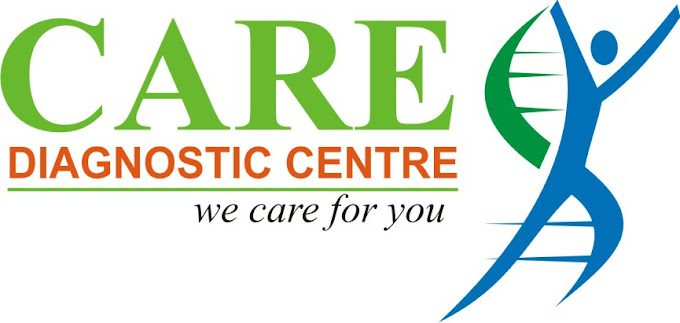3D and 4D Fetal Ultrasound

Fetal ultrasound is a crucial tool in prenatal care, allowing healthcare providers to monitor the development and health of the fetus. It uses high-frequency sound waves to create images of the baby inside the womb. While traditional 2D ultrasounds provide flat, black-and-white images, advancements in technology have introduced 3D and 4D ultrasounds, offering more detailed and dynamic views.
3D Fetal Ultrasound
3D fetal ultrasound captures three-dimensional images of the fetus. This technique compiles multiple two-dimensional images taken from different angles to create a comprehensive, three-dimensional representation. 3D ultrasounds are particularly valuable for visualizing the surface of the baby, allowing for detailed views of the face, limbs, and other body parts. These images can help detect certain congenital anomalies, such as cleft lip and skeletal malformations, more accurately than 2D ultrasounds. Additionally, 3D ultrasounds provide expectant parents with a more realistic view of their unborn child, often enhancing the emotional connection to the baby.
4D Fetal Ultrasound
4D fetal ultrasound builds on the 3D technology by adding the dimension of time, resulting in a real-time video of the fetus. This allows parents and healthcare providers to observe fetal movements, such as yawning, stretching, and even thumb-sucking, as they happen. The dynamic aspect of 4D ultrasounds can be instrumental in assessing fetal behavior and activity, providing insights into the baby’s development and well-being. Moreover, these moving images can be recorded, offering a cherished keepsake for parents.
Clinical Applications and Benefits
Both 3D and 4D ultrasounds have significant clinical applications. They enhance diagnostic capabilities, particularly in identifying and evaluating anatomical abnormalities that might not be as easily detectable with 2D ultrasounds. These advanced imaging techniques can also assist in planning surgical interventions for detected anomalies and improving the accuracy of prenatal assessments. For expectant parents, 3D and 4D ultrasounds provide a more engaging and reassuring experience, potentially reducing anxiety by offering a clearer view of the baby’s development.

